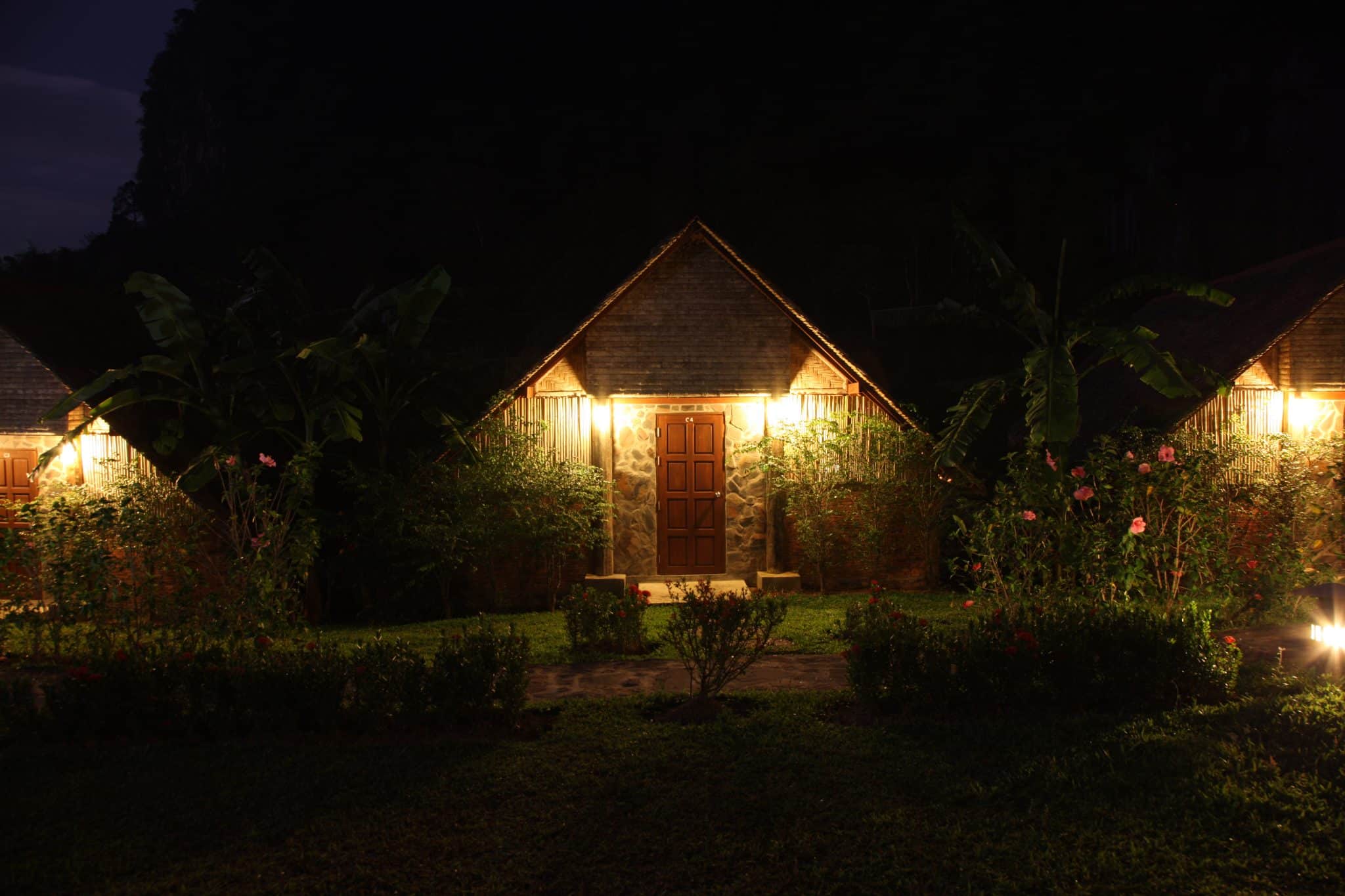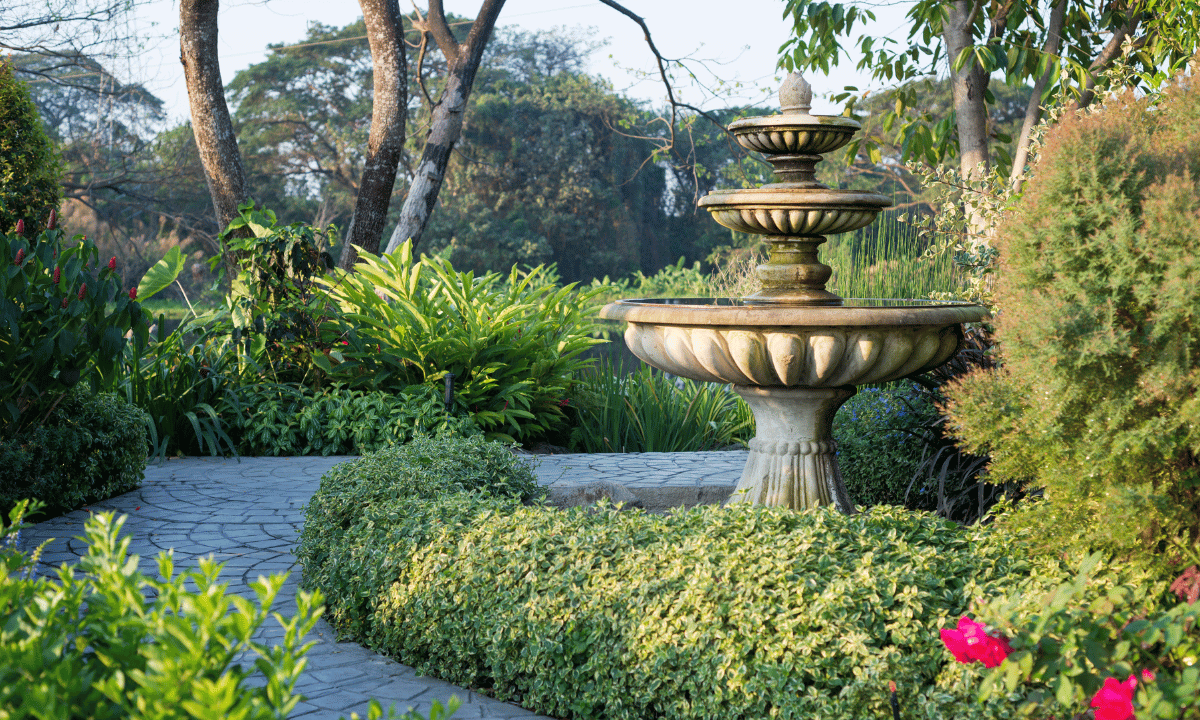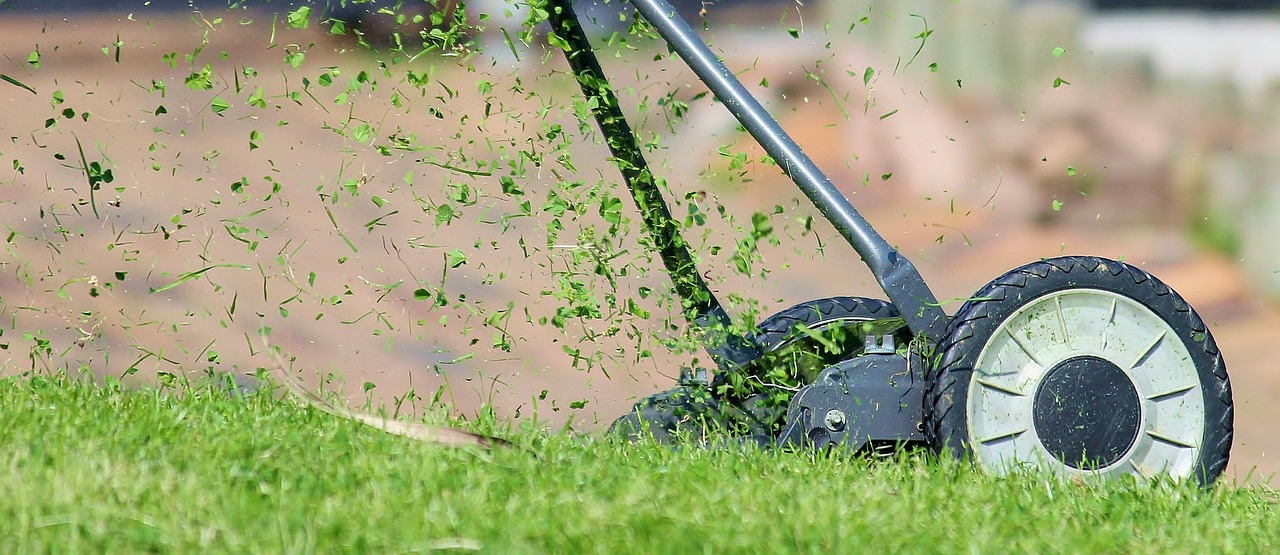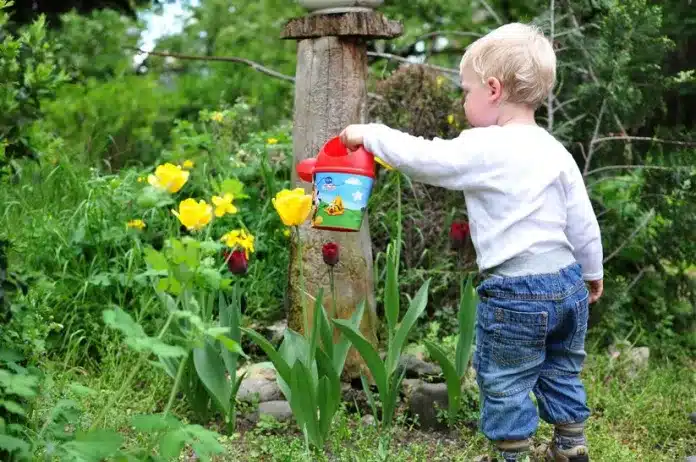How To Install Landscape Lighting: Step-By-Step Pro Guide
Many people believe the process of installing landscape lighting is a perfect way to add value to the landscape. A lot of people focus on interior home improvement but forget about exterior beauty but you should not. So, if you want to light up your yard and improve the overall appeal of your house, here are the steps on how to install low-voltage landscape lighting.
In most cases, if you follow our lead and prepare adequately, you can install all sorts of landscape lighting on your own without needing to consult with a professional.
What You Need Before Starting:
- Landscape light fixtures, bulbs, transformers, wires, and cables are low-voltage accessories.
- Landscape lighting plan/design
- Shovel and garden spade shovel
- Hammer or mallet
- Exterior-rated wire stripper
- A rigid metal conduit consists of an inner layer of steel that is coated with a layer of galvanized rigid conduit (RGS).
- Wire connectors And gel-filled wire nuts
- Exterior-grade silicone sealant
- PVC pipes or flexible tubes suitable for housing below-ground wires.
- Enclosures on the outside for wiring accessories or connections
- An outdoor-rated mat or carpet to place the wires on
Step-by-Step Guide to Install Landscape Lights
1. Having assembled all the installation materials and tools needed, please ensure they are in order. This arrangement helps you in determining how your landscape lighting fixtures will be placed according to your landscape lighting plan. Make sure you have all the feature requirements.
2. Check the local codes and ordinances for illumination of the landscape area around you. The use of lighting in these areas can also be restricted by certain ordinances on the operating hours, wattage, and location of the fixtures. To save the time and energy required to look for the codes when doing something, it is advisable to learn all the codes to avoid making mistakes that require redoing the same work.
3. Choose the necessary voltage landscape lighting system that will be installed. These include 12V or 15V options frequently used in most vehicles today. Options such as 12V and 24V are viewed as highly safe for do-it-yourself system installation. Select the correct transformer to ensure the fixtures receive the right voltage.
4. Place the transformer and timer in a place that is either in a weatherproof area outside or in an area that is well protected from weather conditions and ensure that it is close to an indoor 120V wall outlet where the transformer will be plugged into. Place the transformer vertically on a wooden or metal stand such that it is at least a foot above the ground and has adequate space at the top and at the bottom for ventilation.
5. Seal any wire connector boxes or housings in areas where fixtures will be mounted according to plan. Connectors between wires should be in hard plastic covers to prevent them from getting damaged. Secure these to walls, eaves, etc.; leave slack wire inside to have access to it at some future time in case of a repair or replacement.
6. Dig small trenches in which to lay the wiring for the lighting fixture and transformer. For grass areas, dig trenches that are 6-10 inches in size to avoid any damage from being caused by the aerator or any tools that may be used in the lawn. In garden beds, the recommended depth to cover the plant is 4 inches.
7. Parallel to the trenches, lay your main feeder cables, from the transformer along the bottom of trenches. Coil wires with flexible tubing or PVC pipes as and when required to shield them below the ground level. Leave space alongside the cable runs so that the wires can be retrieved in the future in case of necessity. If multiple pieces are required to complete the distance of the feeder cable, then it is recommended to use gel-filled wire nuts for connecting feeder cable sections.
8. Replace spare dirt on backfill trenches around cables. Do not cut cables to create trenches with a shovel or spade. Cushion wires with two inches of soil before the backfillment is completed fully. Ideally, try to restore the soil levels and grade back to where they were before the input such that the wires are invisible when complete.
9. Pull out fixture cables from each light location and connect them to main feeder cables using gel-filled waterproof wire nuts. Secure excess fixture cable in a neatly coiled fashion within attached boxes.
10. Lay brackets and fixtures on walls, stairs, ceilings, under-framing, or place freestanding fixtures on poles or short posts. Position lights accordingly based on the type of fixture along with the application that a fixture will be used for. Position areas, pools and diffuse lights to get the highest uniformity of the illumination.
11. Switch on the power in the transformers and then switch on the lights at night to see various patterns of lighting in the landscape. They can tilt the fixtures a little or move the fixtures around to correct the lighting setup. Apply sealant caulk on those small gaps that may be remaining on mounts.
12. In the evenings, control the lighting by the time when and how long you wish to use specified transformer timer settings. Many timers come with dusk-to-dawn sensing capabilities meaning that the lights will automatically switch on at sunset and turn off at sunrise the following morning. There are also options for specific timed hours if one may desire to.
Tips For Success
- For low-voltage lights, it is preferred to run multiple lights in a group on a single transformer rather than running each individually.
- For lights along a drive or pathway, provide extra wire slack loops beneath the surface for future should there be repaving.
- Purchase cables of high quality for this landscaping purpose of cables. Whenever wires or cables are passing through walls, ensure that you use grommets to avoid wearing them out.
- Make sure transformers have enough power wattage to run all the total fixtures and maintenance intended without overloading.
- To increase energy efficiency and the longevity of the bulb, use LED than the standard incandescent or halogen lamp.
Wrapping Up
Landscape lighting requires some work but the nighttime appearance and adding to the safety factor of the outdoor living space will make the extra time worthwhile for many seasons. Ensure that appropriate work is done while fixing the lighting system components to ensure they are well positioned and fixed without any risks of falling off.
By paying close attention to details and ensuring that you take precautions when carrying out the lighting installations, you can create a beautiful sight that can enhance the look of your yard at night for both you and whoever is accessing your compound. So what I am saying is do it well and take time so that in the evening, you have a well-lit environment to calm yourself in.







